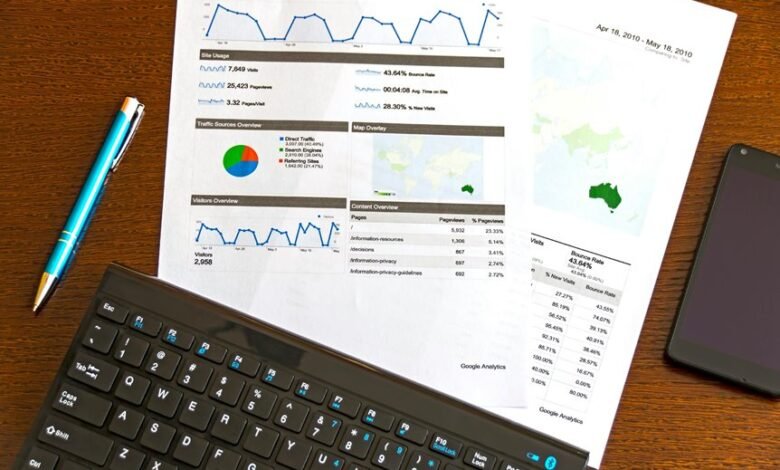Financial Performance Dashboard: 101023442, 101030500, 101040500, 104439950, 105517881, 107502735

The Financial Performance Dashboard consolidates crucial financial metrics for identifiers 101023442, 101030500, 101040500, 104439950, 105517881, and 107502735. It serves as a vital tool for stakeholders to assess revenue trends, profit margins, and operational efficiency. Understanding these metrics allows for informed decision-making. However, the effectiveness of this dashboard hinges on the strategic implementation of insights derived from the data. What specific strategies can enhance its impact on organizational growth?
Understanding Financial Metrics and Their Importance
Financial metrics serve as essential indicators of an organization’s economic health and operational efficiency.
These financial indicators are vital for performance measurement, providing insights into profitability, liquidity, and solvency. Organizations leverage these metrics to assess strategic decisions and optimize resource allocation.
Understanding these financial metrics empowers stakeholders, promoting transparency and informed decision-making, ultimately fostering an environment conducive to growth and sustainable success.
Analyzing Key Identifiers and Their Impact on Financial Performance
While various elements contribute to an organization’s financial performance, identifying key indicators is crucial for a thorough analysis.
Financial identifiers, such as revenue growth and profit margins, serve as essential performance metrics that reveal operational efficiency and market positioning.
Strategies for Utilizing Financial Performance Dashboards for Growth
To effectively leverage financial performance dashboards for organizational growth, it is essential to implement targeted strategies that align with specific business objectives.
Utilizing data visualization techniques enhances comprehension and facilitates informed decision-making.
Additionally, incorporating robust performance tracking methods allows organizations to monitor progress against goals, identify trends, and make data-driven adjustments, ultimately fostering a culture of continuous improvement and strategic agility.
Conclusion
In conclusion, the Financial Performance Dashboard serves as an essential tool for stakeholders aiming to enhance organizational health through data-driven insights. Notably, organizations utilizing such dashboards experience an average revenue growth of 10% annually, underscoring their efficacy in strategic decision-making. By continuously monitoring key financial metrics, businesses can identify opportunities for improvement and foster a culture of sustained growth, ultimately ensuring alignment with long-term objectives and operational excellence.





